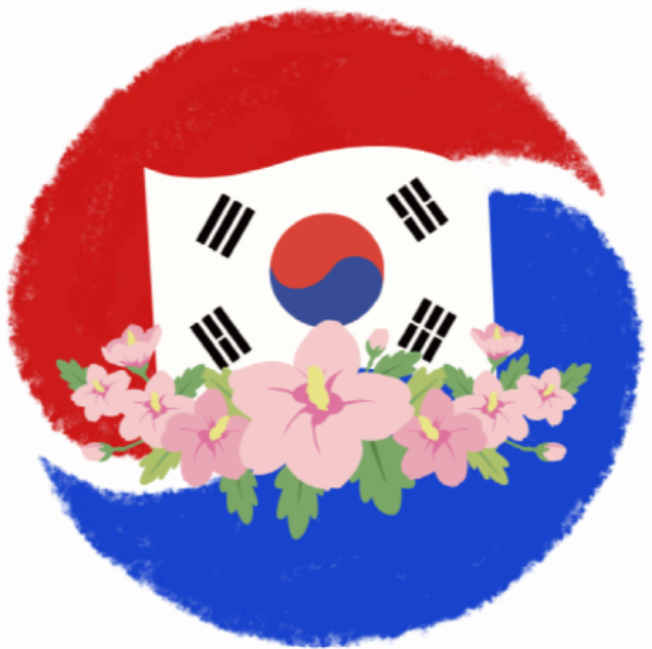 What Makes Korean Court Music Different from Chinese or Japanese
What Makes Korean Court Music Different from Chinese or Japanese
Introduction: A Shared Legacy, A Unique VoiceAt first listen, traditional court music from Korea, China, and Japan may sound similar—soft melodies, slow tempos, and ancient instruments echoing through palaces and shrines. Yet beneath this shared surface lies a world of deep cultural and philosophical divergence. While these musical systems all descend from early Chinese ritual music, each evolve..
 The Secrets Behind Korean Drums and Rituals
The Secrets Behind Korean Drums and Rituals
Where Sound Becomes Spirit In many cultures, drums are instruments of rhythm. In Korean tradition, however, drums are portals—bridges between the earthly and the divine. From the thunderous buk (북) used in royal processions to the trembling heartbeat of the janggu (장구) in shamanic rituals, Korean percussion isn’t just about sound—it’s about spirit, symbolism, and sacred timing. Because Korea’s s..
 Why Korean Traditional Music Feels Meditative
Why Korean Traditional Music Feels Meditative
Introduction: A Sound That Breathes With You In the modern age of hyper-processed beats and algorithmically engineered soundscapes, Korean traditional music—known as gugak (국악)—offers a radically different listening experience. Instead of attacking the senses, it breathes. It flows with irregular rhythms, long pauses, subtle microtonal shifts, and earthy textures. For global audiences accustomed..
 Why Korean Pottery Embraces Imperfection
Why Korean Pottery Embraces Imperfection
The Beauty of the Unfinished and UnevenIn a world increasingly obsessed with flawlessness—airbrushed images, symmetrical design, machine-perfected ceramics—Korean pottery dares to embrace the imperfect. From the earthy, humble curves of Joseon white porcelain (백자) to the organic asymmetry of Buncheong ware, Korean ceramics reflect a cultural aesthetic that finds beauty not in control, but in spo..
 The Meaning of Colors on Korean Temples
The Meaning of Colors on Korean Temples
The Painted Legacy of Korean TemplesWhen standing before a traditional Korean temple, most visitors are struck not just by the structure, but by its breathtaking color palette—deep reds, vivid greens, celestial blues, and gold-lined patterns that seem to dance across the wood. This striking aesthetic is known as Dancheong (단청), a centuries-old decorative painting technique used on wooden archite..
 The Forgotten Art of Korean Knot Tying (Maedeup)
The Forgotten Art of Korean Knot Tying (Maedeup)
Rediscovering a Tangled Heritage In the quiet corners of Korean heritage lies an almost-forgotten art form: Maedeup (매듭), the traditional practice of intricate knot-tying. Unlike its Western counterpart—where knots often serve purely functional or decorative purposes—Maedeup operates as a visual language, a spiritual protector, and a cultural archive. This highly refined craft reached its peak d..
 Obangsaek: Korea’s Five Color Philosophy in Daily Life
Obangsaek: Korea’s Five Color Philosophy in Daily Life
A Colorful Philosophy Beyond Aesthetic BeautyIn the heart of Korean culture lies a concept that intertwines philosophy, aesthetics, medicine, and ethics — Obangsaek (오방색). This ancient five-color system, composed of blue (청 Cheong), red (적 Jeok), yellow (황 Hwang), white (백 Baek), and black (흑 Heuk), transcends mere visual appeal. Unlike Western color symbolism that often prioritizes emotion or b..
 Why Traditional Korean Paintings Avoid Perspective: A Window into Eastern Aesthetics and Philosophy
Why Traditional Korean Paintings Avoid Perspective: A Window into Eastern Aesthetics and Philosophy
Western art has long emphasized perspective, depth, and realism—techniques that guide the viewer’s eye into a vanishing point, creating the illusion of three-dimensional space. In stark contrast, traditional Korean paintings purposefully avoid this visual convention. Rather than mimicking reality, they aim to express emotion, philosophy, and a unique relationship with nature and the divine. This..

